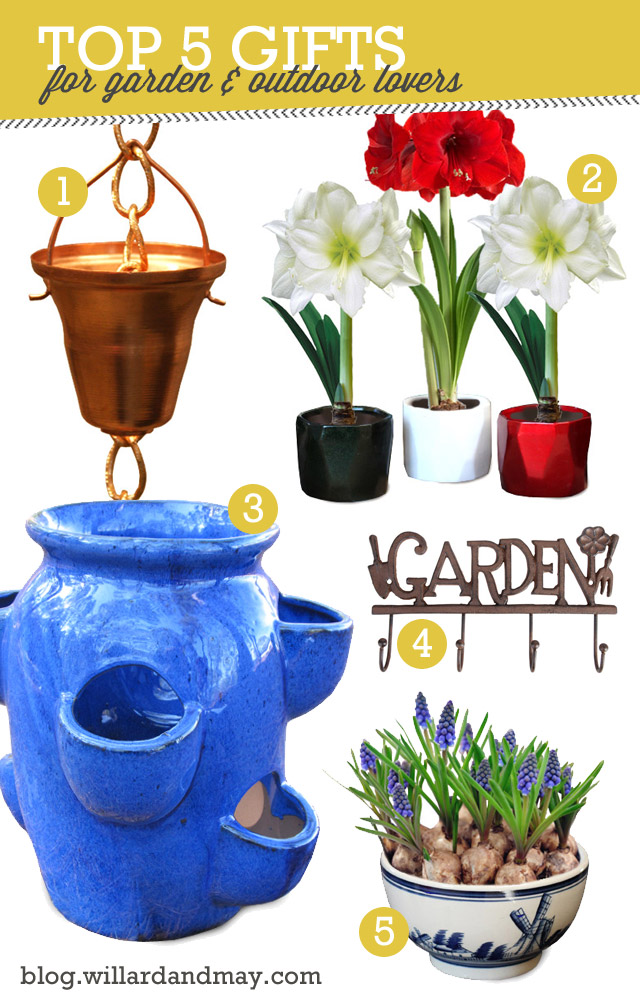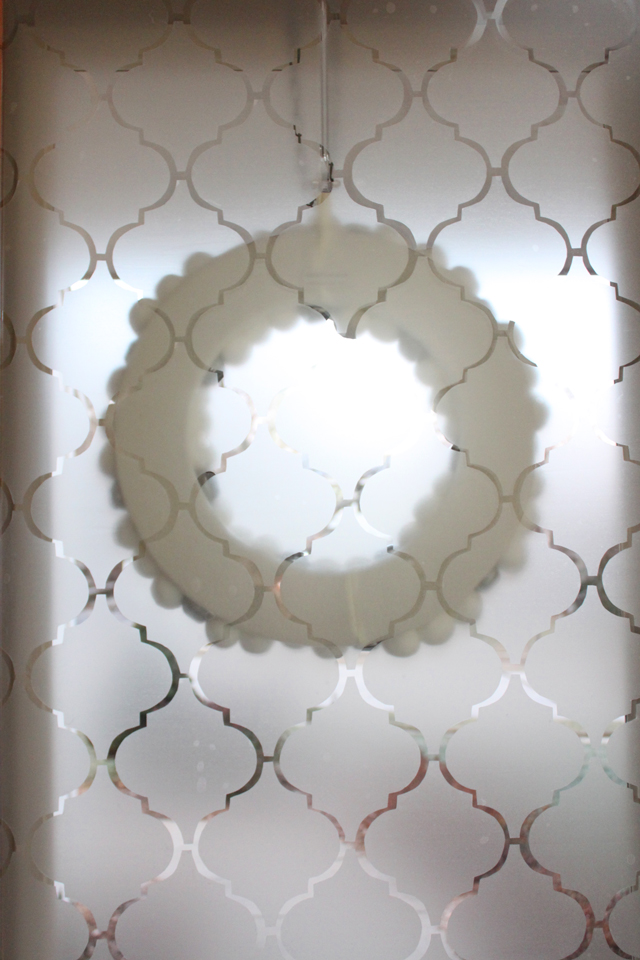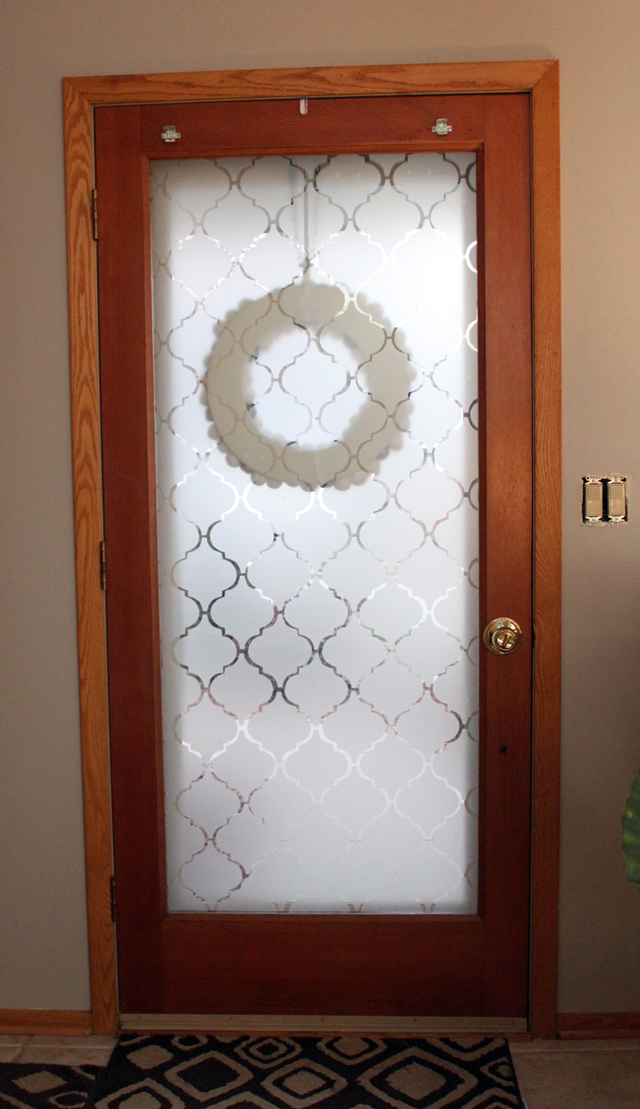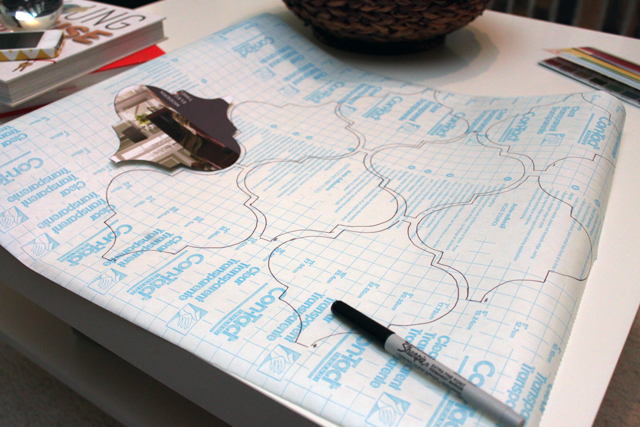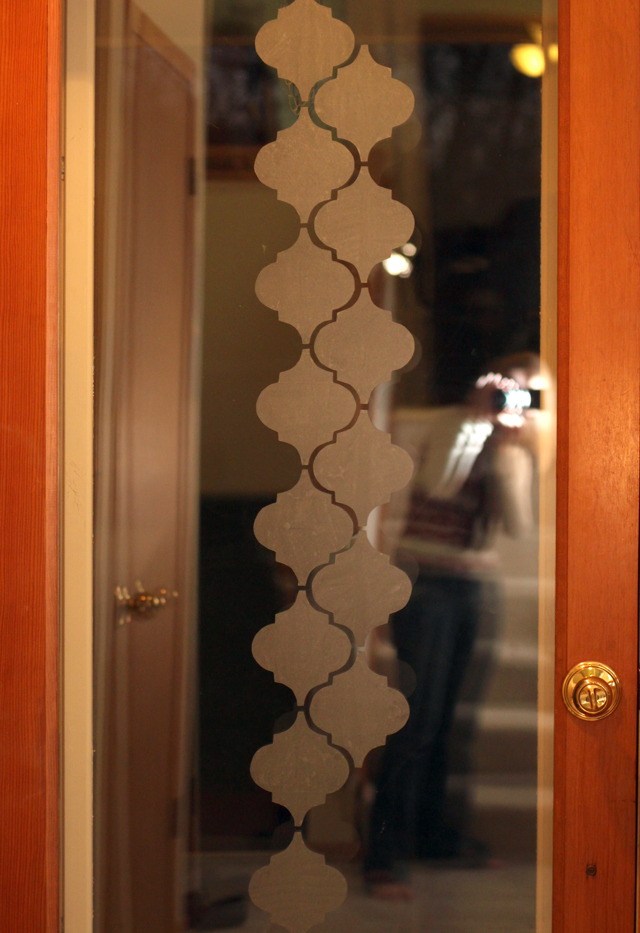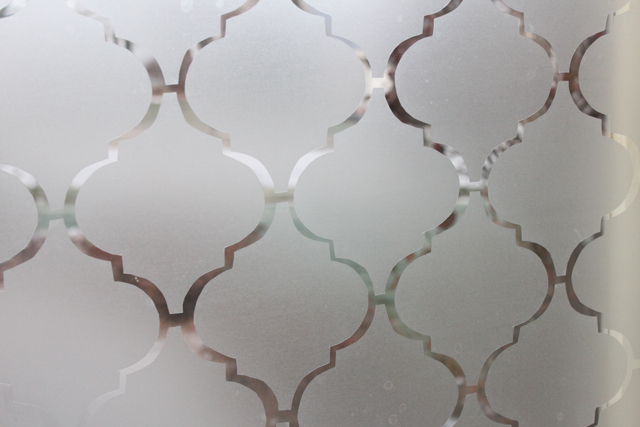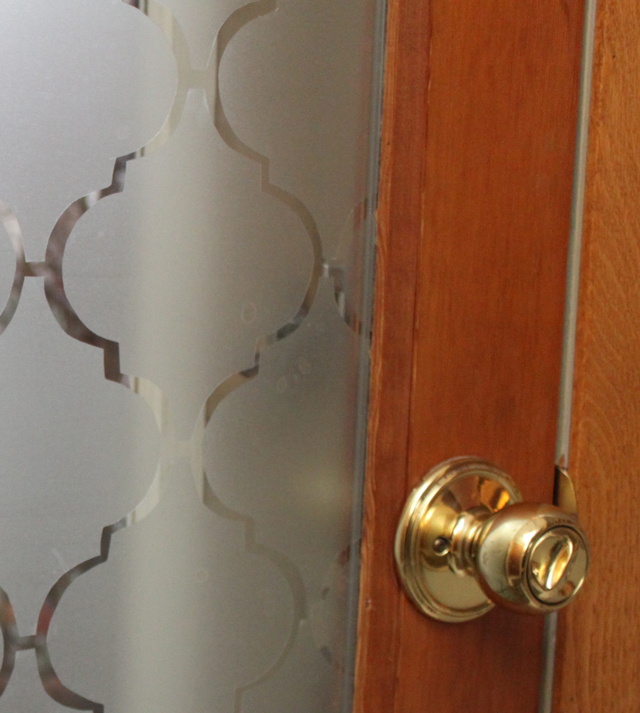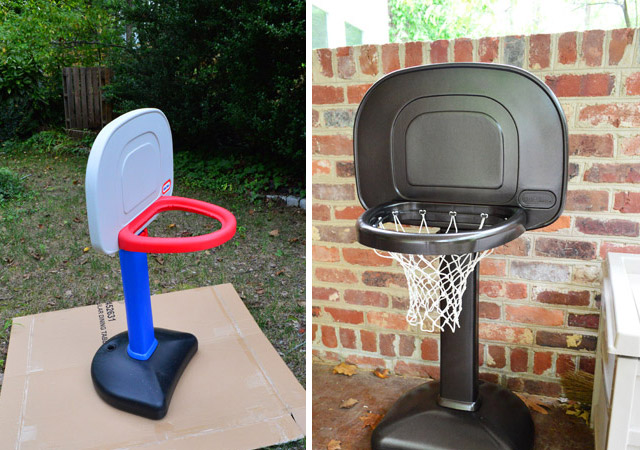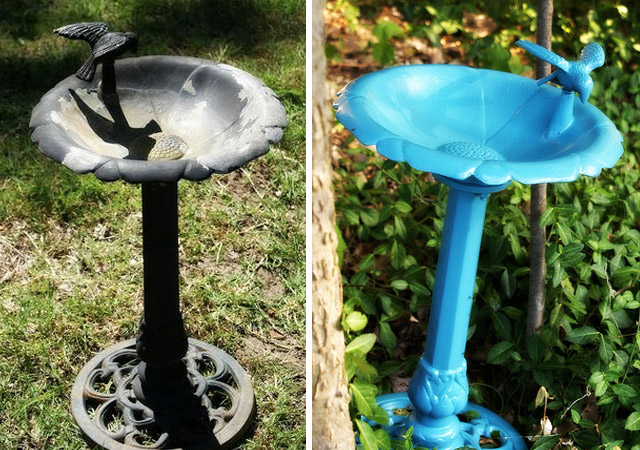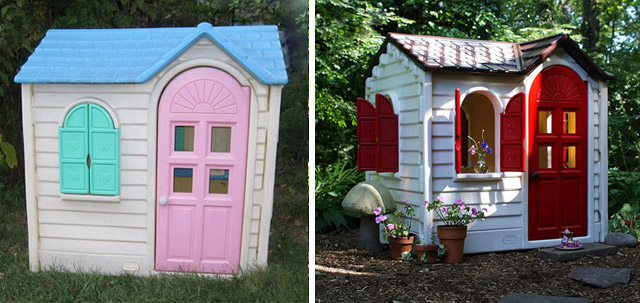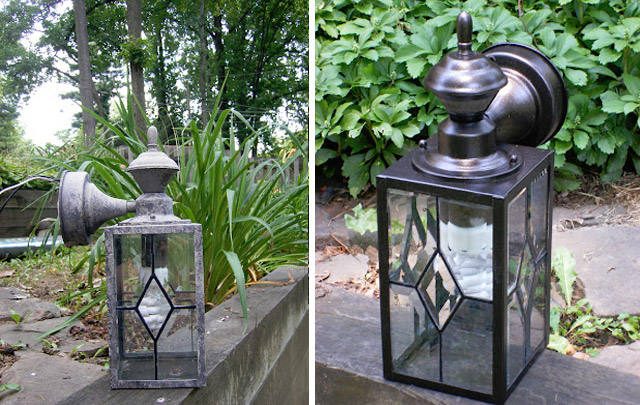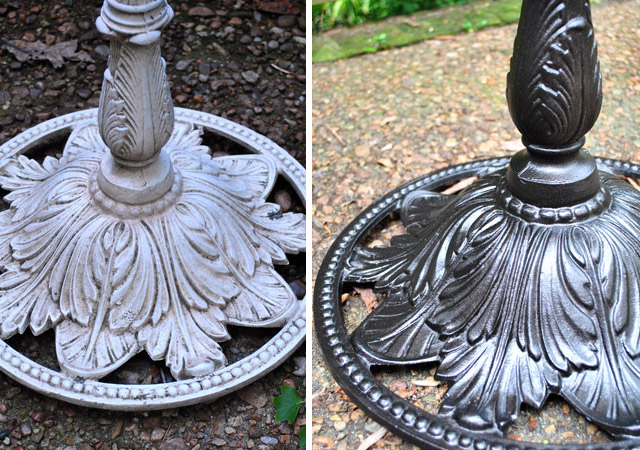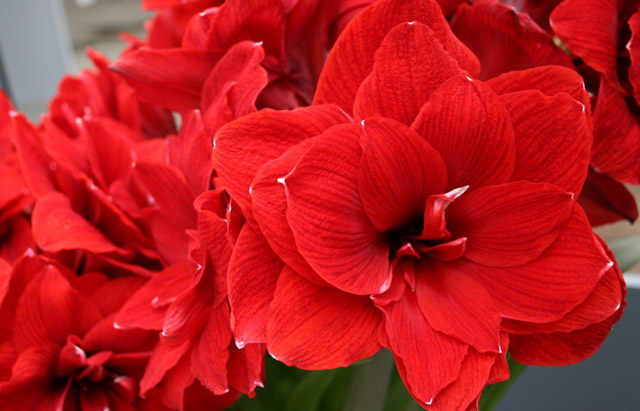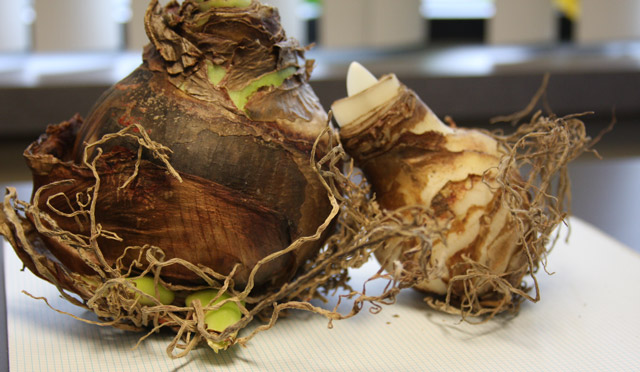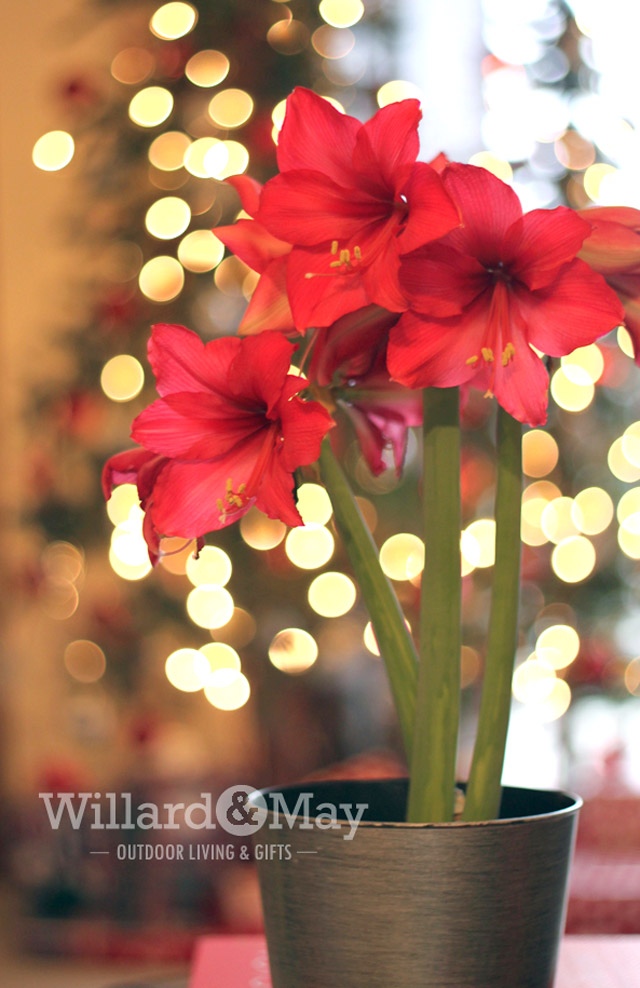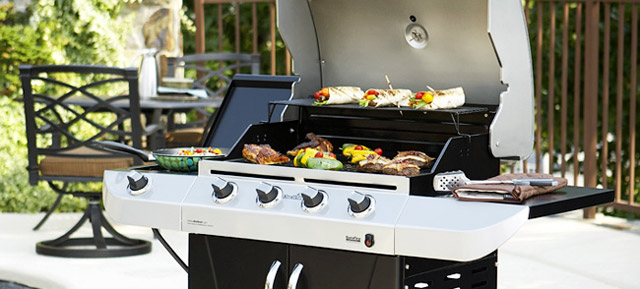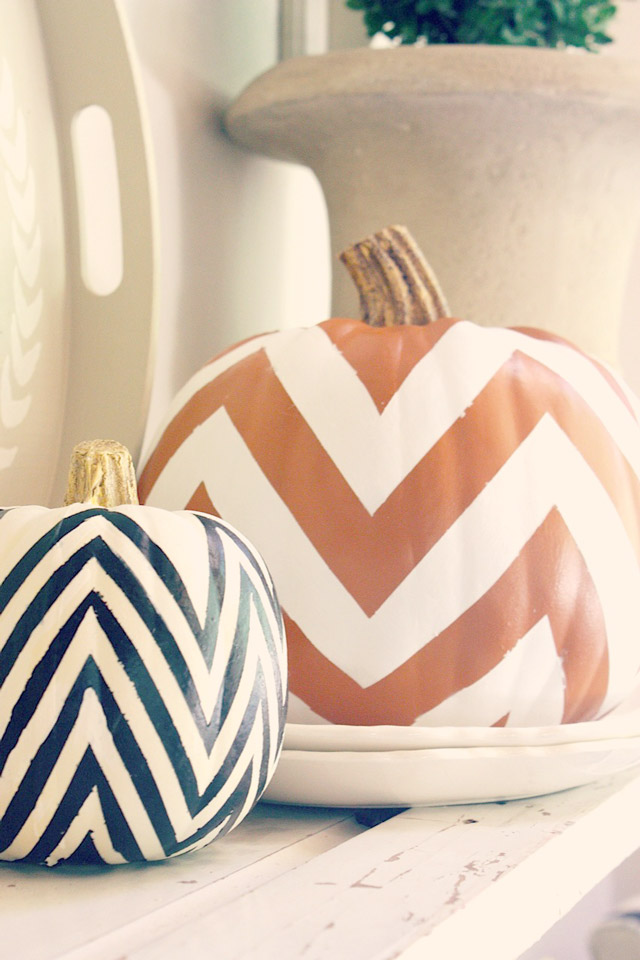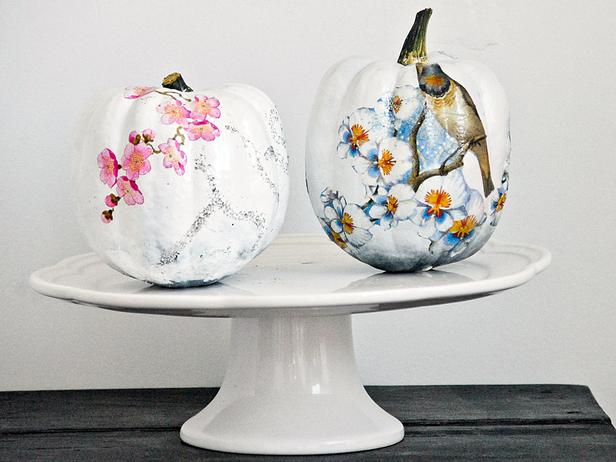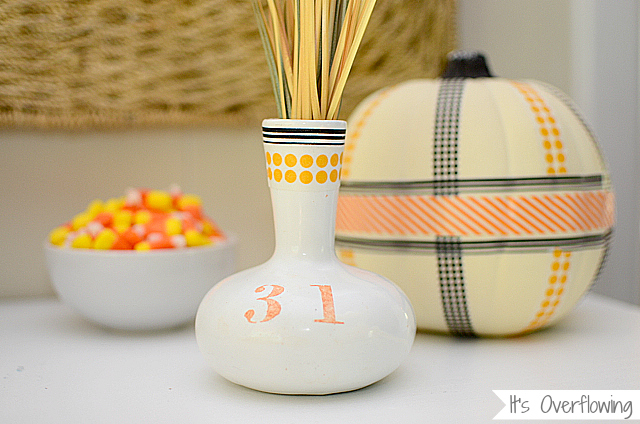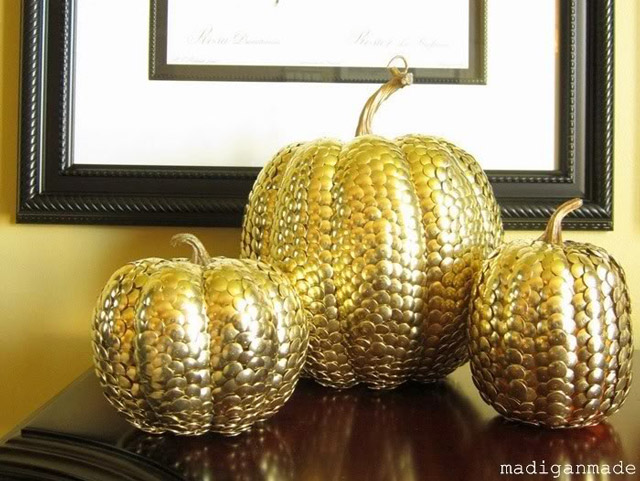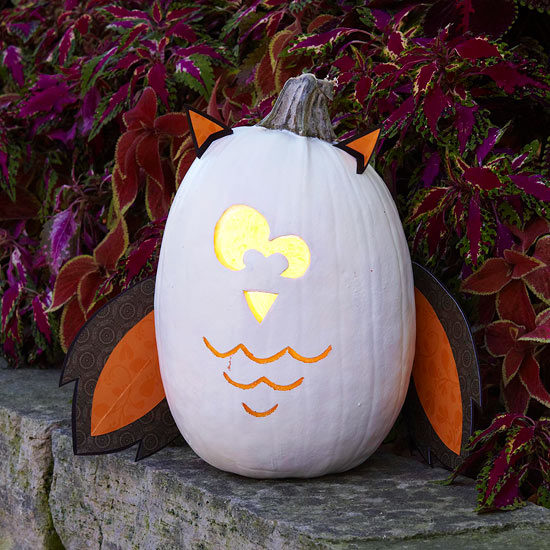Guest Blogger, Gabrielle from the blog FlowerBulbCrazy is here to share some unique ideas and tips for forcing bulbs this winter. After she is done sharing, head on over to her blog to check out other great ideas and tips on gardening with flower bulbs!
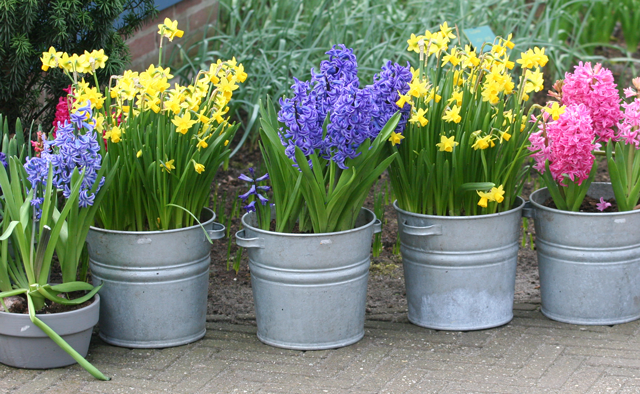
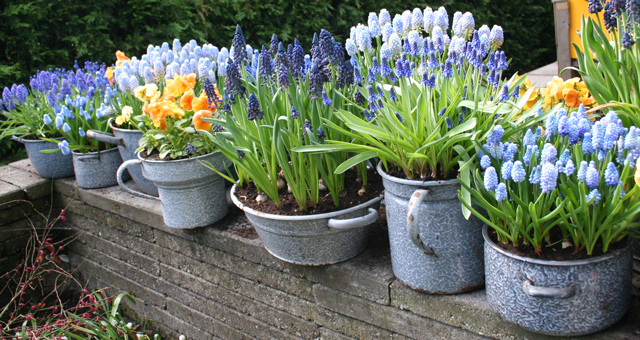
There are so many people who really miss out on spring blooming bulbs… people who live in the warmer zones and think it’s too warm to plant! And then there are people like me who long for winter to be over and want flowers 24/7. Typically, growing flower bulbs is almost fool proof, but forcing bulbs takes a little more time and attention. Forcing bulbs is the term used for mimicking what normally happens to bulbs when planted outdoors. It is a process that stimulates bulbs to bloom out of season.
The most common and easiest bulbs to force are: narcissus/daffodils, amaryllis, muscari, crocus and hyacinths. Daffodils and tulips are not too difficult either, but choose shorter and earlier blooming varieties (Triumph, Single Early and Darwin Hybrid varieties) for the best outcome. Generally, spring flowering bulbs usually require about 10-14 weeks at temperatures between 41-48°F in order to bloom and grow properly come springtime. Check out the chart below for the approximate number of “chilling” weeks required and number of weeks to bloom for different varieties of flower bulbs.
Name of bulb Weeks of cold Weeks to bloom
| Amaryllis | None | 6 to 10 |
| Crocus | 15 | 2 to 3 |
| Hyacinths | 11 to 14 | 2 to 3 |
| Muscari | 13 to 15 | 2 to 3 |
| Narcissus/Daffodils | 15 to 17 | 2 to 3 |
| Paper-whites | None | 3 to 5 |
| Tulips | 15 to 20 | 2 to 3 |
Instructions
Pot your bulbs right away if you have an appropriate location immediately available, such as a refrigerator, a root cellar, cool basement, or outdoors if temps are below 48°F. When storing pots outdoors for the cold period, be sure that if temps drop below 30°F that you cover them with some type of insulation. If you can’t plant them immediately, bare bulbs can be stored in a mesh bag or paper bag with holes that permit ventilation for several weeks in a refrigerator prior to potting without damage. Note: Do not store them in same vicinity as fruit, as the ripening process can negatively affect the quality of the bulbs.
Use clean pots with drainage holes and regular potting soil. Make sure you allow for 2 inches of soil below the bulb and select a pot large enough to allow the top of the bulb to be even with the rim when placed on the soil. The bulbs should be touching each other for the best look when blooming. Water them well after planting in order to settle the soil.
The bulbs will begin to flower anywhere from 2-5 weeks after they have been brought into warmer temperatures, provided they have been given the recommended number of weeks of cool temperature (see chart above). If you have a set time when you want them to bloom, make sure you add the flowering period to the rooting/cold period for the total number of weeks to wait. Amaryllis and Paper-whites do not need this cold period.
These next steps would be ideal for the best and most perfect blooms.
Move your pots to an indoor area with indirect sunlight and temperatures about 60°F for a week or two. When the above plant growth is 4-6 inches tall, move the pots to a bright, sunny window to stimulate blooming. A temperature of about 68°F and direct sunlight would be ideal. When you see the color on the buds, return the plants to indirect sunlight to make the blossoms last as long as possible. Keep the soil moist at all times.
After blooming, hardy bulbs such as hyacinths and tulips cannot be forced again and should be discarded. They can also be instead planted outdoors where they may re-bloom within a year or two.
Forcing Flower Bulb Inspiration – Ideas for your Home
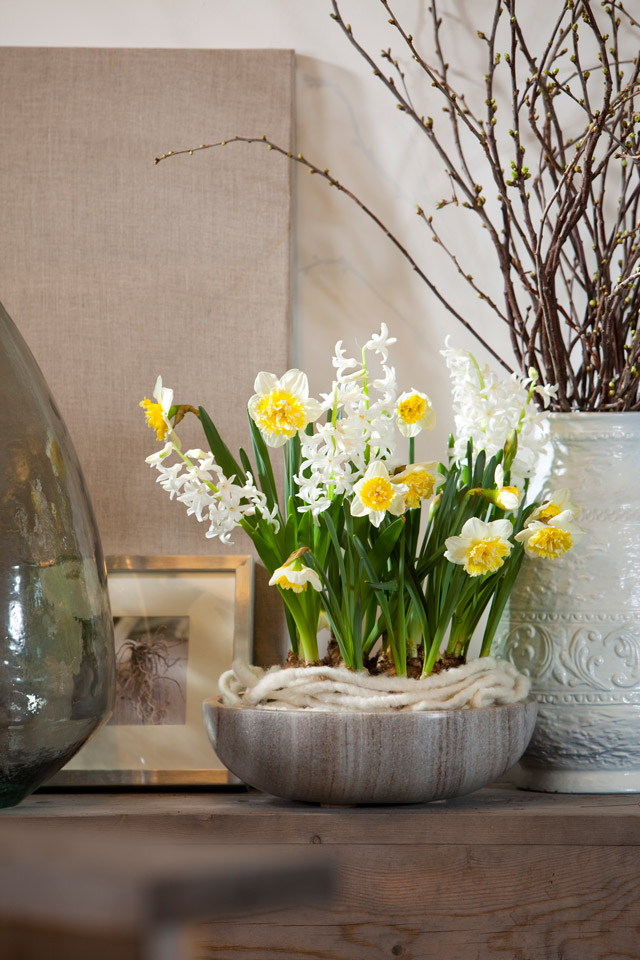
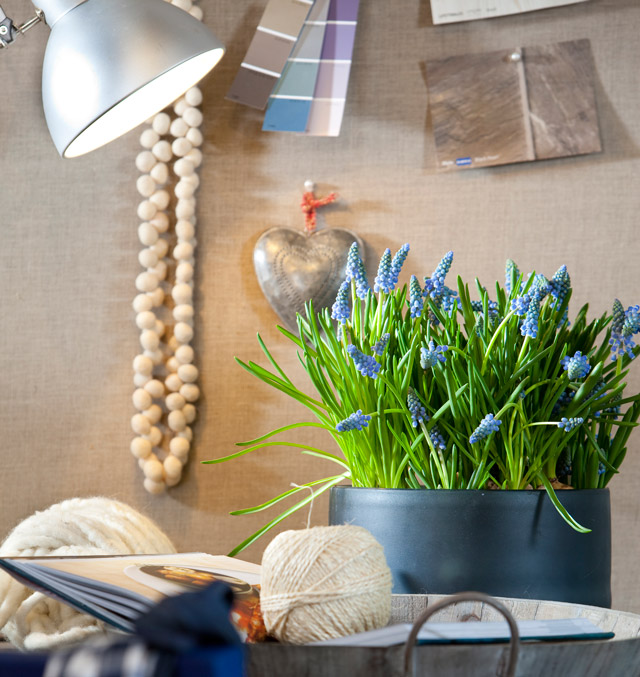
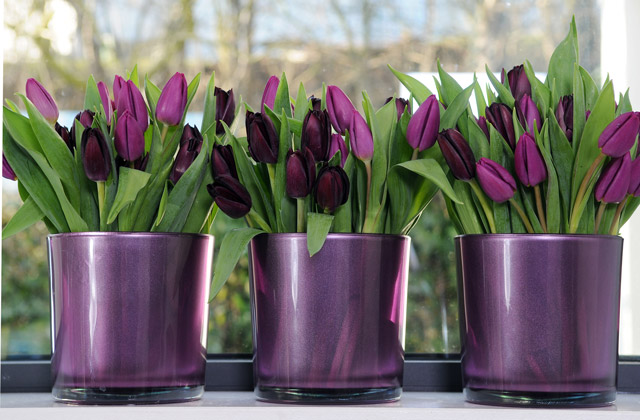
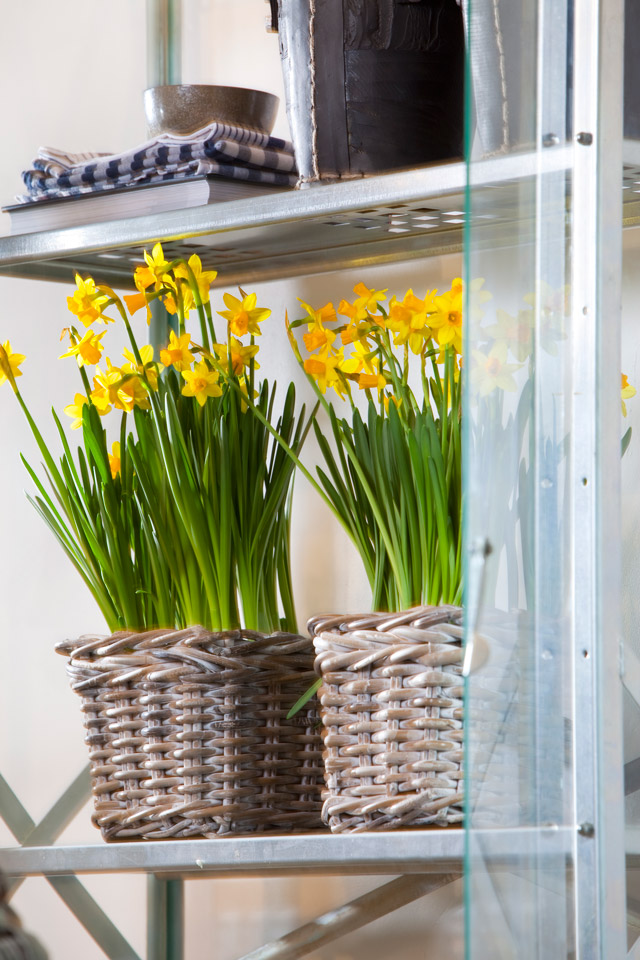
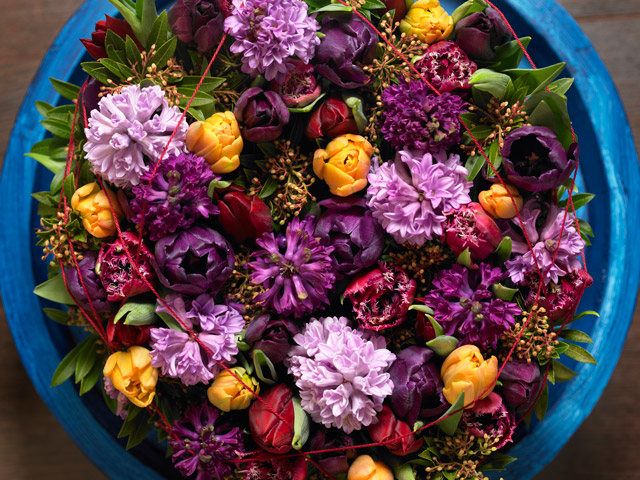
Maybe you will want to give this a try now? I especially enjoy forcing Hyacinths for indoor enjoyment because of their sweet fragrance! Thanks for letting me share and I hope you found this helpful and easy to understand.

